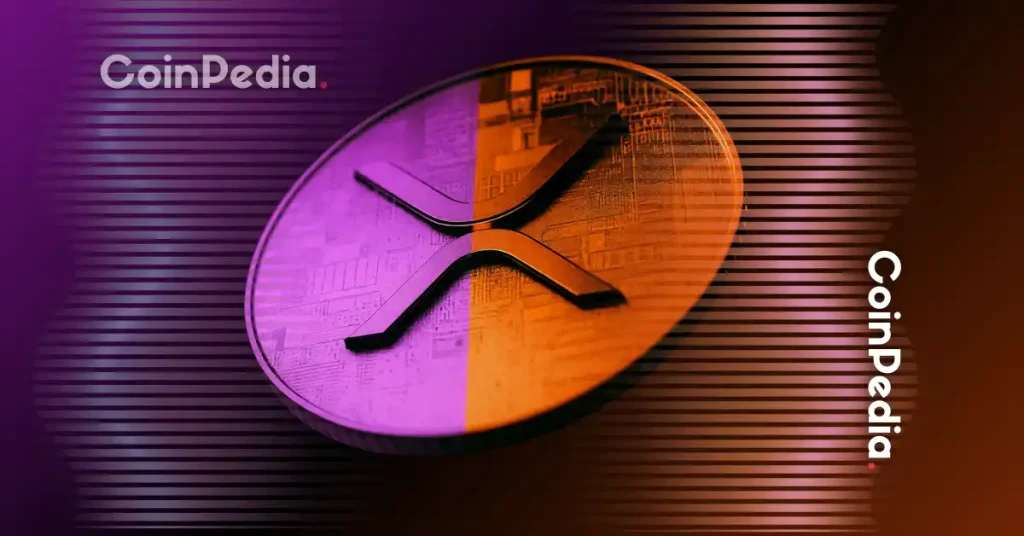Crypto Flashback Sunday: MoneyGram’s Stellar Switch Over XRP Amid Ripple Legal Firestorm
When regulators came knocking, MoneyGram didn't hesitate—they pivoted hard from XRP to Stellar, leaving Ripple's native token in the dust. The move sent shockwaves through crypto corridors and boardrooms alike.
The Legal Backdrop
Ripple's mounting SEC lawsuit created instant counterparty risk—too much for a publicly-traded money transmitter to ignore. MoneyGram cut ties, executed the switch, and never looked back. Corporate risk management 101, really.
Stellar's Strategic Win
Stellar pounced on the opportunity, positioning XLM as the compliant, lawsuit-free alternative. Their tech stack offered similar cross-border capabilities without the regulatory baggage. Smart play—opportunistic, even.
Finance's Favorite Pastime: Covering Their Assets
Because nothing says 'trustless system' like dropping your blockchain partner the second a government agency gets involved. Priorities, people—profits over principles, every single time.
Flash forward: the move looks prescient. Stellar's infrastructure handled the volume, Ripple's case dragged on, and MoneyGram? They kept moving money—just without the legal drama.

In early 2021, global remittance giant MoneyGram ended its high-profile partnership with Ripple Labs, citing challenges tied to the U.S. Securities and Exchange Commission’s (SEC) lawsuit against Ripple. The lawsuit, filed in December 2020, alleged that Ripple had conducted unregistered securities offerings through its sale of XRP.
At the time, MoneyGram had been one of Ripple’s most prominent partners, using RippleNet and XRP-based solutions for cross-border settlements. However, regulatory uncertainty made it impossible to continue.
MoneyGram CEO Alexander Holmes on choosing Stellar: “Ripple’s product was very different.” The SEC lawsuit against Ripple was the main reason for ending the partnership, stellar and Ripple can still complement each other in unique ways. pic.twitter.com/kVb8WBkkYR
— 𝗕𝗮𝗻𝗸XRP (@BankXRP) September 12, 2025“We had a great experience with Ripple,” said MoneyGram CEO Alexander Holmes in an interview with CoinDesk. “But with the changes and the challenge that the SEC put forward, it was very difficult for us to continue in that relationship. We both agreed to MOVE on.”
Why Stellar Was the Next Choice
MoneyGram later turned to Stellar (XLM), a blockchain co-founded by Jed McCaleb, who was also one of Ripple’s original founders. According to Holmes, Stellar’s offering was fundamentally different from Ripple’s, with a focus on consumer-facing solutions and stablecoin integration.
“Ripple product was very different,” Holmes explained. “Ripple tends to focus on the back-end, cross-border funds FLOW through RippleNet. Stellar approached us with a front-end consumer model — the ability to operate between fiat and stablecoins. It was a great idea, and we wanted to be proactive and progressive in blockchain innovation.”
This shift allowed MoneyGram to pilot on/off-ramp services for USDC stablecoin, making it easier for consumers to convert between digital assets and fiat currencies across multiple countries.
“Stellar and Ripple can complement each other in unique ways,” Holmes said. “They both have strengths in bridging the gap between traditional finance and blockchain.”
XRP Growth Drivers Post-Lawsuit
After years of courtroom battles, the long-running Ripple vs. SEC lawsuit officially ended in August 2025. The resolution marked a turning point for the crypto industry and immediately lifted market sentiment.
With legal uncertainty finally behind it, Ripple is focusing on real-world adoption. Current growth is being fueled by:
- Expansion of new payment corridors
- Rising stablecoin adoption
- More tokenized assets launched on the XRP Ledger (XRPL)
The end of the lawsuit also removed a major source of selling pressure and chart manipulation, giving XRP more room to trade based on market demand and utility.
Price Performance
XRP has shown strength since the ruling. The token broke out from its previous range NEAR $2.80 and climbed above $3.20. Meanwhile, Ripple continues to build momentum on the business front. The company recently extended its digital asset custody partnership with BBVA, adding a new retail service in Spain.

